What we know today as PNF began as “proprioceptive facilitation”, a term developed by Dr. Herman Kabat in the early 1940’s. In 1954, Dorothy Voss added the word “neuromuscular” to give us the now familiar Proprioceptive Neuromuscular Facilitation, (PNF).
Dr. Kabat’s conceptual framework for PNF came from his experience as a neurophysiologist and physician. The works of Sister Elizabeth Kenny, an Australian nurse who treated polio patients with specific stretching and strengthening activities, was an early influence on Kabat. Kenney’s work was seen as a departure from the normal treatment at the time, but lacked the grounding of sound neurophysiological rationale. Kabat integrated Sister Kenney’s manual technique with Sherrington’s discovery of successive induction, reciprocal innervation and inhibition, and the phenomenon of irradiation.
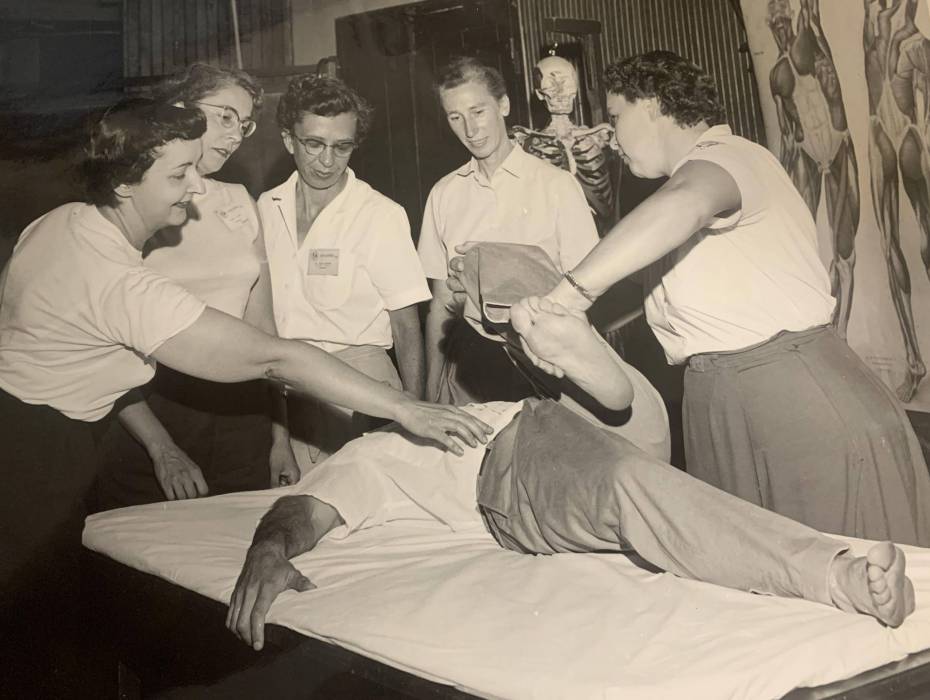
His goal was to develop a hands-on treatment approach that enabled clinicians to analyze and assess a patient’s movement while at the same time facilitating more efficient strategies of functional movement. So it is important to recognize that PNF is not just a treatment approach, rather, it is a tool that allows for simultaneous assessment and treatment of neuromuscular dysfunction.
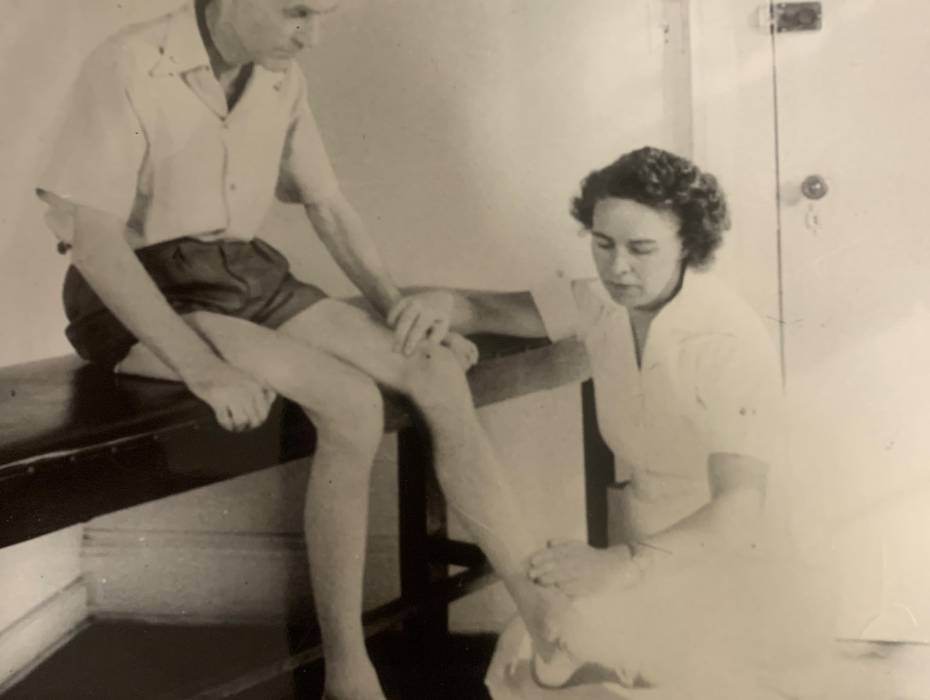
In the mid-1940’s, Dr. Kabat’s emerging concepts caught the attention of the wealthy industrialist Henry Kaiser, whose son suffered from multiple sclerosis. Together, in 1946, they established the Kaiser-Kabat Institute in Washington, DC. In 1948, another Kaiser-Kabat Institute was opened in Vallejo, California, and a third opened in Santa Monica, California in 1950.
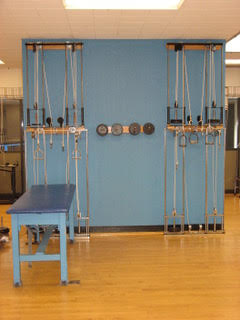
It was in the mid to late 1940’s that Dr. Kabat began his search for a Physical Therapist to work alongside him, treating patients using his new concepts. In December 1945 Maggie Knott became the first Physical Therapist to be employed by Dr. Kabat. Maggie came westward from Washington, DC to Vallejo with Dr. Kabat in 1948.
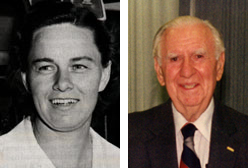
After coming to Vallejo in 1948, Maggie Knott began to teach other Physical Therapists the patterns and techniques of PNF. That same year she started a post-graduate training program that was attended by therapists from all over the world. This very same post-graduate training program still exists today, 52 years later, with a dedicated clinical staff training graduate physical therapists in our 3 and 6-month residency programs. The Programs combine didactic and clinical training that honor the heritage of Dr. Kabat and Maggie Knott.
In 1952, Dorothy Voss joined Dr. Kabat and Maggie Knott. Dorothy and Maggie authored the first PNF book in the early 1960’s. Together, the three of them continued to develop and refine the foundational concepts of what we know today as PNF.
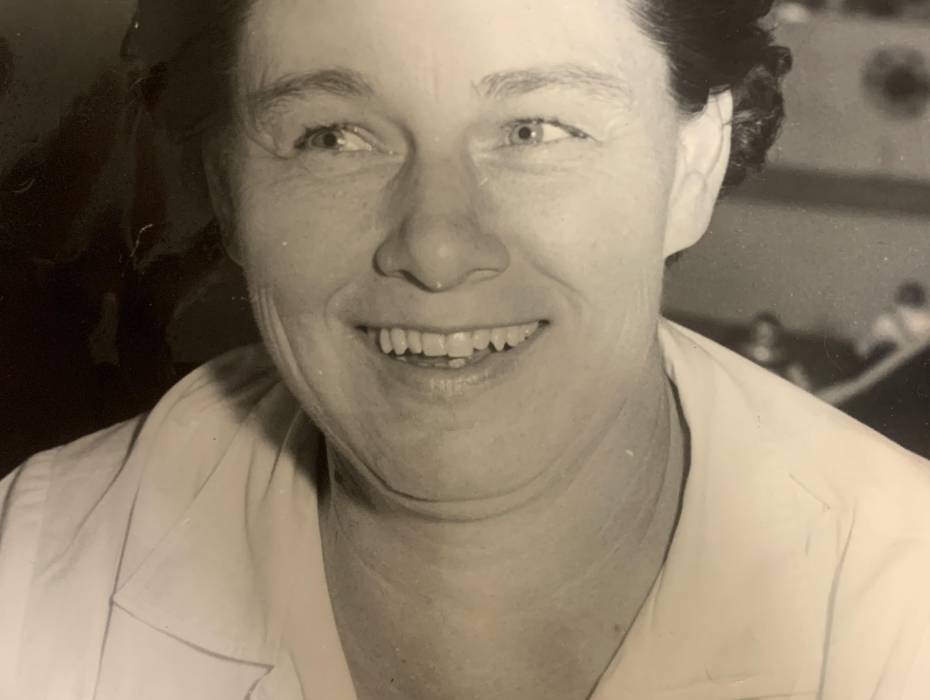
From its beginnings, PNF has successfully integrated many of the concepts of contemporary neurorehabilitation interventions. The Philosophy and Basic Principles of PNF, together with the specific spiral and diagonal patterns, make up the cornerstone of PNF. PNF also includes motor learning and functional retention of newly learned activities with the repetition of a specific demand; the use of the developmental progression of motor behavior that enables patients to create and re-create strategies of efficient functional movement; and the biomechanical and behavioral analysis of motor control. All activities within PNF intervention are directed towards a functional goal and are relative to the environment in which the goal is to be achieved.

